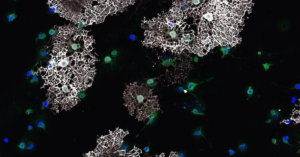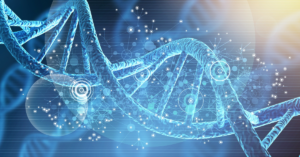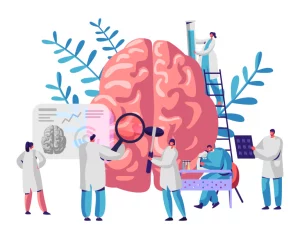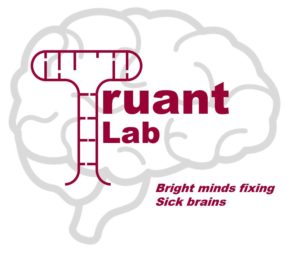
Uncovering the Impact of Toxic RAN Proteins Produced by CAG Repeat Expansions
Written by Tala Ortiz Edited by Dr. Larissa Nitschke Repeat-associated non-AUG (RAN) translation in CAG repeat expansion diseases is toxic to cells and causes them to die. The Jain group Read More…















